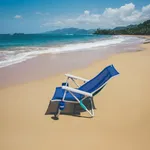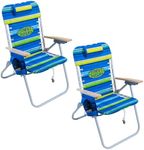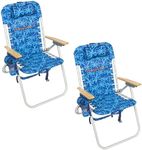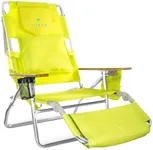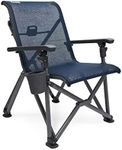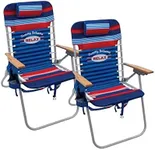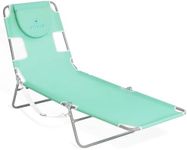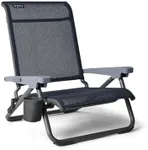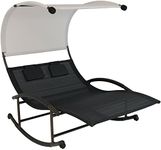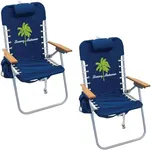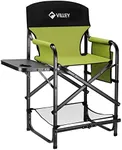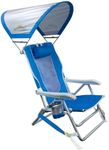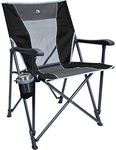Buying Guide for the Best Beach Chairs
Choosing the right beach chair can make a huge difference in your comfort and enjoyment at the beach. Instead of just grabbing the first chair you see, it helps to understand what makes a beach chair a good fit for your needs. You should think about where and how you’ll use the chair, how easy you want it to be to carry, and what level of comfort you expect. Knowing a few key features can make it much simpler to pick out a chair that will serve you well all summer long.Weight and PortabilityWeight and portability tell you how easy it is to carry your beach chair from your car to your spot on the sand. This is important if you need to walk a distance or carry other items like coolers or umbrellas. Chairs can range from super lightweight, foldable models to heavier chairs with sturdy frames. If you don't want to carry much, go for lighter chairs or those with backpack straps. If you don’t mind a little extra weight for more features, heavier chairs might work, but think about your personal carrying comfort when deciding.
Seat HeightSeat height simply means the measurement from the ground to the seat. This affects how easy it is to get in and out of the chair and how you experience the beach itself. Lower chairs (close to the sand) are great if you want to stretch your legs in front and enjoy the surf at eye level, but they can be tough for those with knee or back issues. Higher chairs are easier to stand up from and feel more like regular seating. Think about your mobility and what’s easier or more enjoyable for you when you pick a seat height.
Recline PositionsMany beach chairs offer different levels of reclining, from upright to nearly flat. This affects whether you can sit up to read or eat, or lean back to nap or sunbathe. Some chairs have fixed positions, while others let you adjust to several different angles. If you know you like to switch between sitting and laying back, look for adjustable models. If you mostly sit upright, fixed positions might be enough for you. Match the reclining options to how you plan on relaxing at the beach.
Material and DurabilityMaterial and durability describe what the chair is made of and how long it’s likely to last, especially against sand, sun, and saltwater. Frames are often aluminum for lightness and rust resistance or steel for strength but more weight. The seat and back are usually made of fabric like polyester or mesh. If you visit the beach often or leave items outside, look for chairs with rust-proof frames and UV-resistant, quick-drying fabrics. For occasional use, durability is less crucial, but sturdy materials will always last longer.
Extras and FeaturesExtras and features include things like cup holders, headrests, built-in coolers, storage pockets, or canopies for shade. These add to the convenience and comfort of your beach day. Some people love all the bells and whistles, while others prefer a simpler lightweight chair. Consider what will actually improve your beach experience—if you carry a drink, need shade, or like to keep your phone close, pick a chair with those extras. If simplicity is more your style, choose a chair with fewer add-ons.
Weight CapacityWeight capacity tells you the maximum weight the chair can support. This spec is important for safety and durability. Chairs come in a range of weight limits—smaller chairs are often rated around 200 pounds, while others are reinforced to hold 300 pounds or more. Always pick a chair with a capacity higher than your weight to ensure stability and a longer lifespan. If multiple people will use the chair or you like a rugged build, opt for higher weight capacities.
